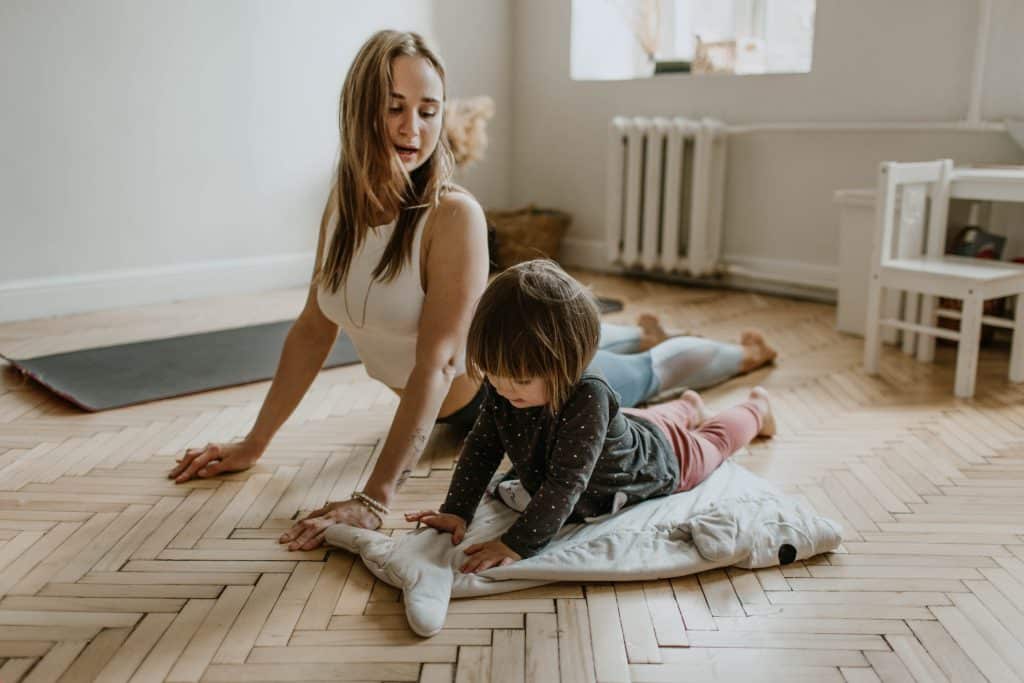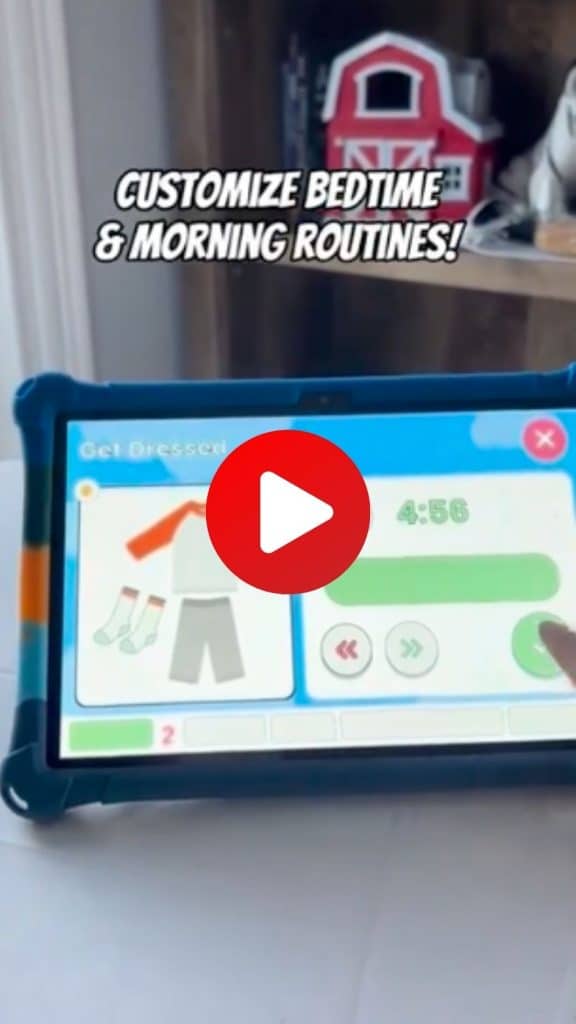As someone who has spent countless hours working with kids, I’ve seen firsthand how physical activity can positively impact their well-being. Somatic exercises are an excellent way to help kids become more aware of their bodies, reduce stress, and improve overall health. In this blog, we’ll explore seven effective somatic exercises that you can introduce to your kids to promote their physical and emotional development.
Table of Contents
1. Body Scanning
Body scanning is a mindfulness technique that helps increase body awareness by focusing attention on different parts of the body. To practice body scanning with your kids, ask them to lie down comfortably and close their eyes. Guide them to bring their attention to their toes, gradually moving up through each part of their body, noticing any sensations they feel.
This exercise can help kids understand how their body feels in different states, whether they’re relaxed or tense. Research shows that body scanning can reduce anxiety and improve focus in children. For instance, a study published in the Journal of Pediatric Psychology found that mindfulness techniques like body scanning can significantly reduce stress and improve emotional regulation in children.

Read More: What is Somatic Movement?
2. Diaphragmatic Breathing
Diaphragmatic breathing, or deep breathing, is a technique that involves breathing deeply into the diaphragm rather than shallowly into the chest. This method can improve posture, spine stabilization, and oxygen intake. To teach this to kids, have them place one hand on their chest and the other on their belly. Instruct them to breathe in deeply through their nose, feeling their belly rise, and exhale slowly through their mouth.
Deep breathing exercises can help kids calm down and manage stress. A study by the American Psychological Association found that deep breathing exercises can significantly lower cortisol levels, the stress hormone, in children. By practicing diaphragmatic breathing, kids can develop better coping mechanisms for stressful situations.
3. Somatic Yoga
Somatic yoga is a form of yoga that emphasizes awareness of the mind-body connection through gentle movements and mindful breathing. It’s a great way for kids to develop flexibility, strength, and body awareness. Simple poses like the cat-cow stretch or child’s pose can be a fun and relaxing introduction to somatic yoga for kids.
Incorporating somatic yoga into your child’s routine can help them become more attuned to their bodies and reduce anxiety. According to a study published in the Journal of Clinical Child & Adolescent Psychology, yoga practice can enhance emotional regulation and decrease symptoms of anxiety in children. This makes it a valuable tool for promoting mental health and well-being.
4. Grounding
Grounding is a basic somatic technique that involves connecting physically with the earth to improve health and mental well-being. This can be as simple as walking barefoot on grass or sitting with hands touching the ground. Grounding has been linked to reduced inflammation, improved sleep, and enhanced mood.
Encouraging kids to spend time outdoors and engage in grounding activities can help them feel more connected to their environment and themselves. A study in the Journal of Environmental and Public Health found that grounding can positively affect mood and energy levels, making it a simple yet powerful practice for kids.
Sponsored By: Goally
Goally is the best tablet for kids to build life skills, like how to get ready for bed independently. There is no toxic content, like YouTube, ads, or a web browser. It has 20+ award-winning fun learning apps for kids, and 150+ interactive video classes teaching life skills. See how parents are using it below! 👇

5. Breathwork
Breathwork involves using conscious breathing techniques to regulate the nervous system, increase oxygen levels, and promote relaxation. Techniques such as alternate nostril breathing or box breathing can be taught to kids to help them manage stress and improve concentration.
Breathwork can be particularly beneficial for neurodivergent kids who may experience heightened levels of anxiety. According to a study published in the Journal of Child Psychology and Psychiatry, breathwork practices can help reduce symptoms of anxiety and improve emotional stability in children.

Read more: 5 Calming Exercises for Anxiety in Kids
6. Progressive Muscle Relaxation
Progressive muscle relaxation involves clenching and releasing different muscle groups to decrease tension in the body and mind. This exercise can be done by asking kids to tense a muscle group for a few seconds and then slowly release the tension, moving through various parts of the body.
This technique can help kids become more aware of physical tension and learn how to release it. Research published in the Journal of Pediatric Nursing suggests that progressive muscle relaxation can effectively reduce anxiety and improve sleep quality in children.
7. Seated Spinal Twist
The seated spinal twist is a stretch that can improve posture and relieve tension in the neck and shoulders. To perform this exercise, ask kids to sit on the floor with their legs extended. They should then bend one knee and cross it over the opposite leg, twisting their torso gently towards the bent knee while keeping their back straight.
This simple stretch can help kids alleviate tension and improve flexibility. According to a study in the International Journal of Yoga, spinal twists can enhance spinal health and reduce stress, making it a beneficial addition to any child’s routine.
Goally | Fun Apps that Build Motor Skills
Looking for FUN ways to improve your child’s finger dexterity skills while also keeping screen time manageable?

Our Graffiti Street app is all about building motor skills in a fun, interactive way. Kids draw dozens of digital art designs while simultaneously developing the essential skills needed to use AAC and other communication tools. It’s a blast for them and a win for you!
Watch your little artist blossom!
Check out our distraction-free device (with ONLY Goally apps on it) for $149. So you know exactly what your child is up to 😉
In conclusion, these seven somatic movement exercises offer versatile, effective, and enjoyable ways for parents to support their neurodivergent kids and peers alike. Try incorporating a few—or all—of these exercises into your daily routine and witness the benefits for yourself!
Resources:
- Child Mind Institute
- Verywell Family
- KidsHealth
FAQs About Somatic Movement Exercises
What are somatic movement exercises? Somatic movement exercises are body-focused activities that improve awareness of the body's internal sensations, enhancing physical control, flexibility, and emotional well-being.
How can somatic movement exercises help my child? Somatic exercises can boost your child's focus, reduce stress, enhance body awareness, and improve emotional regulation.
Can somatic exercises be integrated into a child's daily routine? Absolutely. Somatic exercises can seamlessly incorporate morning stretching, playtime, or calming routines before bedtime.
Are somatic movement exercises safe for all children? Somatic exercises are typically safe for all children. However, it's always best to consult a healthcare professional if your child has specific physical conditions.
What is a simple bodily movement exercise? 'The Butterfly Hug' is a great starter. Your child crosses their arms, laying each hand on the opposite shoulder, then alternately taps each shoulder. It aids in calming and grounding.
This post was originally published on 05/27/2023. It was updated on 06/23/2024.

Goally
We help parents teach their kids life skills, like doing bedtime and morning independently. Backed by science, we incorporate evidence-based practices and expert-informed designs in all of our apps and content.





